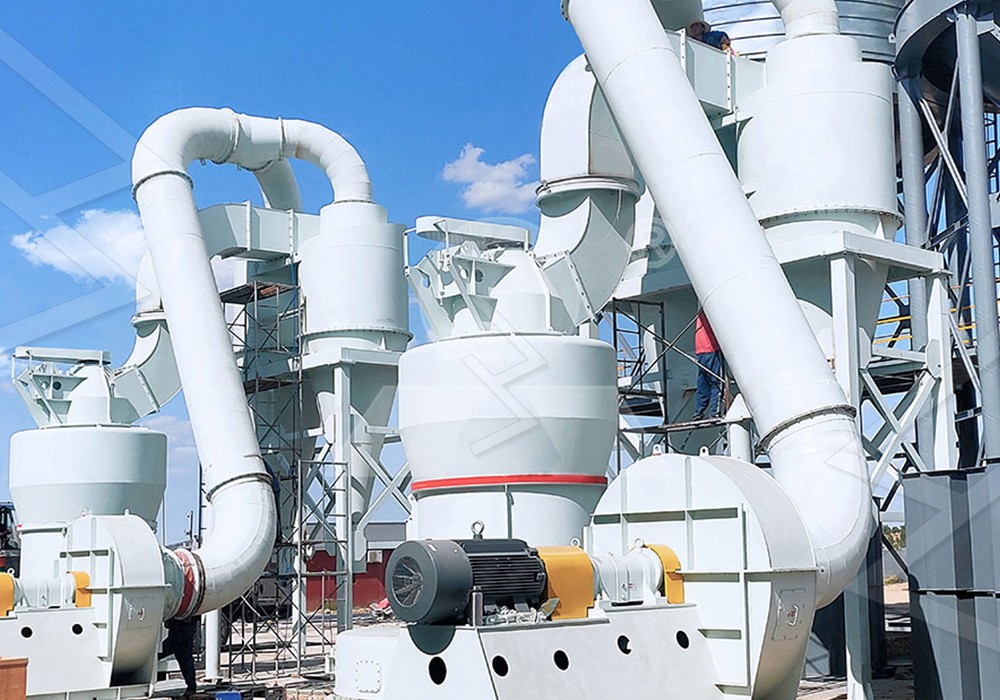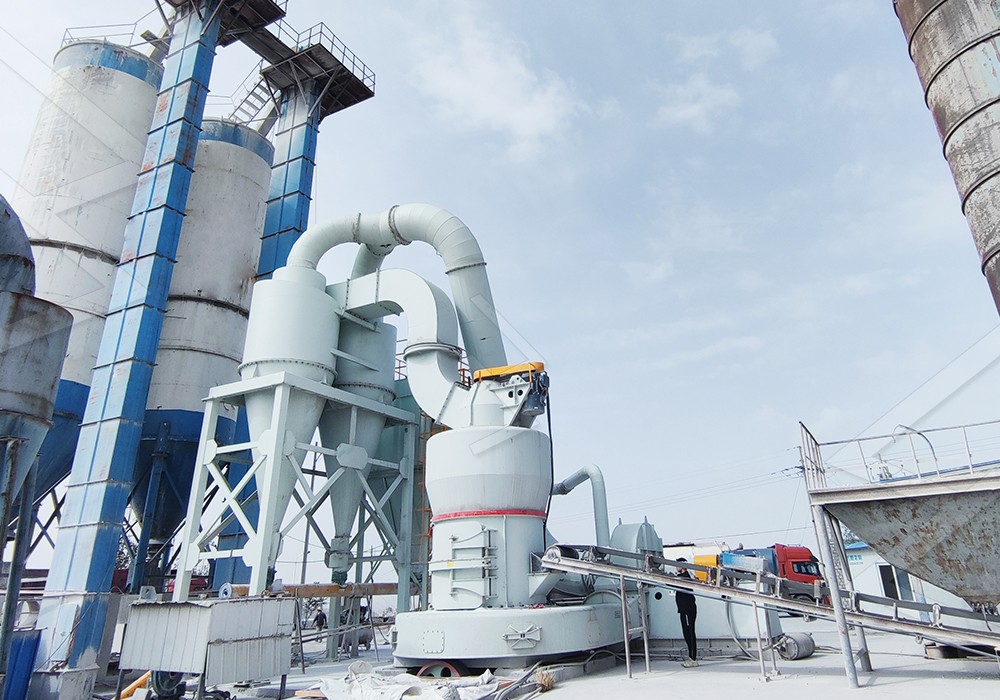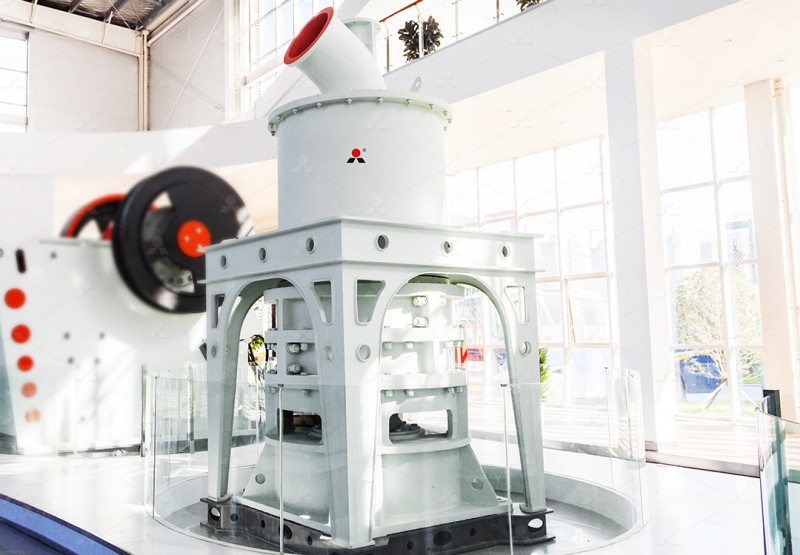Feldspar Grinding Mill Process Flow Diagram
We provide a wide range of mills — including Raymond mill, trapezoidal mill, vertical mill, ultrafine mill, and ball mill, obtained ISO9001 international quality certification, EU CE certification, and Customs Union CU-TR certification. Suitable for processing minerals such as limestone, phosphate, quicklime, kaolin, talc, barite, bentonite, calcium carbonate, dolomite, coal, gypsum, clay, carbon black, slag, cement raw materials, cement clinker, and more.
The discharge range of these mills can be adjusted to meet specific processing needs, typically from 80-400 mesh, 600-3250 mesh, and can achieve the finest particle size of up to 6000 mesh(D50).
If you are looking for a reliable grinding solution to turn stone or minerals into fine powder, please feel free to contact our online customer service.
Feldspar Grinding Mill Process Flow Diagram
The journey of feldspar from raw mineral to a finely ground powder is a fascinating interplay of engineering precision and material science. Understanding the process flow is crucial for optimizing production efficiency and final product quality. This article delves into the typical stages involved in the feldspar grinding circuit, highlighting key equipment and operational considerations.

Stage 1: Primary Crushing and Feeding
The process begins with the raw feldspar ore, which typically arrives in large, irregularly sized lumps. A primary crusher, such as a jaw crusher, reduces the material to a manageable size, usually below 50mm. This initial size reduction is critical for ensuring a consistent feed to the grinding mill. The crushed material is then elevated and transferred to a storage hopper. A vibrating feeder, positioned beneath the hopper, ensures a steady and controlled flow of material into the grinding mill, preventing both overfeeding and starvation of the mill, which could lead to operational instability.
Stage 2: The Core Grinding Process
This is the heart of the operation where the actual size reduction takes place. The pre-crushed feldspar is fed into the center of the grinding mill. Inside the mill, the material is ground between rotating grinding elements—such as rollers and a ring or a table—under immense pressure. The specific mechanism varies depending on the mill type. The centrifugal force generated by the rotation causes the material to move outward, passing under the grinding rollers and being pulverized into a fine powder. The fineness of the grind is directly influenced by factors like grinding pressure, the speed of the rotating parts, and the feed rate.

Stage 3: Classification and Powder Collection
Once the feldspar is ground, an internal or external blower generates an air stream that carries the fine powder upwards into a high-efficiency powder separator or classifier. This device is responsible for ensuring the final product’s particle size distribution. It operates on principles of centrifugal force and air dynamics, rejecting oversized or coarse particles and returning them to the grinding chamber for further processing. The fine, qualified powder continues with the air stream into a cyclone powder collector. Here, the powder is separated from the air and discharged through a lock valve as the final product. This closed-circuit system is essential for achieving high-precision particle sizes and maximizing yield.
Stage 4: Air Circulation and Dust Control
A modern grinding plant is a closed-loop system concerning air flow. After the powder is collected in the cyclone, the air, now carrying a minimal amount of ultra-fine dust, is recirculated back to the mill’s blower. Before re-entering the system, this air passes through a pulse-jet baghouse dust collector. This final filtration stage ensures that the exhaust air is clean and complies with stringent environmental standards, making the entire process dust-free and environmentally friendly. The integration of efficient dust collection and noise reduction mufflers is a hallmark of advanced milling systems.
Optimizing Your Feldspar Grinding Operation
Selecting the right grinding mill is paramount for a profitable and sustainable operation. For producers seeking to generate ultra-fine feldspar powder with high efficiency and low environmental impact, the MW Ultrafine Grinding Mill presents an excellent solution. Engineered for customers requiring ultra-fine powder between 325 and 2500 meshes, this mill boasts a 40% higher production capacity compared to jet mills and consumes 30% less energy. Its innovative design, featuring a German-technology cage-type powder selector and the absence of rolling bearings and screws in the grinding chamber, ensures precise classification, worry-free operation, and minimal maintenance downtime. The integrated pulse dust collector and muffler guarantee a clean and quiet working environment, aligning with modern industrial environmental standards.

For operations that also process materials like limestone or calcite and require a robust vertical grinding solution, the LUM Ultrafine Vertical Grinding Mill is another top-tier option from our portfolio. It integrates advanced grinding roller and powder separating technologies for higher yield and better product quality.
Frequently Asked Questions (FAQ)
What is the typical input size for feldspar in a grinding mill?
The input size depends on the specific mill model. For ultra-fine grinding mills like the MW series, the optimal feed size is typically 0-20mm after primary crushing.
How is the fineness of the final feldspar powder controlled?
Fineness is precisely controlled by an advanced powder separator. By adjusting the speed of the separator’s rotor, operators can accurately determine the cut-point, ensuring only particles of the desired size leave the system as product.
Are these grinding systems environmentally friendly?
Yes. Modern mills, such as the MW Ultrafine Grinding Mill, are designed with environmental protection as a core principle. They are equipped with high-efficiency pulse jet dust collectors that eliminate dust pollution and mufflers that significantly reduce operational noise.
What is the advantage of not having rolling bearings in the grinding chamber?
This design, as seen in the MW Mill, eliminates the risk of bearing failure and seal damage due to abrasive powder ingress. It enhances machine reliability and allows for external lubrication, enabling 24/7 continuous operation without frequent shutdowns for maintenance.
